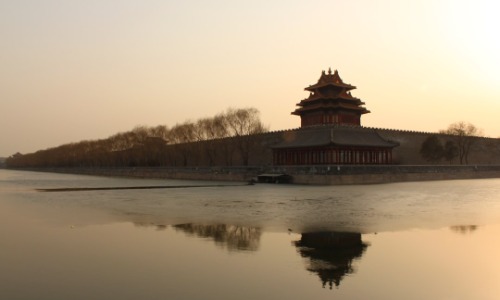The Evolution of Manchu Policy in the People’s Republic of China
1. From Exclusion to Integration
– Initially, revolutionaries sought to exclude all Manchus
– Later shifted to the “Five Races Under One Union” (wu zu gonghe) concept
– This change was driven by concerns that Manchu exclusion might spark independence movements
2. Treatment of the Chunqin Prince House (Puyi)
– Puyi received special consideration after the war
– Underwent thought reform, was granted amnesty and citizenship
– His family members were given government positions and preferential treatment
– This served as a symbolic gesture of Manchu integration into China
3. Treatment of the Su Prince House
– In contrast, the Su Prince House was denied opportunities for rehabilitation
– This was primarily due to their deep connections with Japan
– Particularly, Shanqi and Yoshiko Kawashima were labeled as “hanjian” (traitors)
– The family endured persecution until the end of the Cultural Revolution
4. Recent Developments
– Since 1985, there has been progress in Manchu rehabilitation
– Manchu population increased rapidly due to preferential policies
– Former imperial family members can now proudly acknowledge their heritage
– However, the Su Prince House still lacks official rehabilitation at the national level
This historical account demonstrates how two Manchu noble houses faced dramatically different fates in modern China. Their divergent treatments reflect how political allegiances during critical periods significantly influenced subsequent treatment under the new regime. The Chunqin Prince House, through Puyi’s rehabilitation, became a symbol of successful integration of the Manchu people into the new China, while the Su Prince House’s association with Japan led to their continued stigmatization.
This contrast provides valuable insight into China’s evolving policies toward ethnic minorities and former elite groups, demonstrating how political considerations shaped the integration of the Manchu people into modern Chinese society. While the Chunqin Prince House’s experience represents successful integration and rehabilitation, the Su Prince House’s story reveals the lasting consequences of perceived collaboration with Japan during the war period.
The case of these two houses continues to influence discussions about historical memory, ethnic integration, and political rehabilitation in modern China, highlighting the complex interplay between ethnic identity, political loyalty, and national integration in twentieth-century Chinese history.
